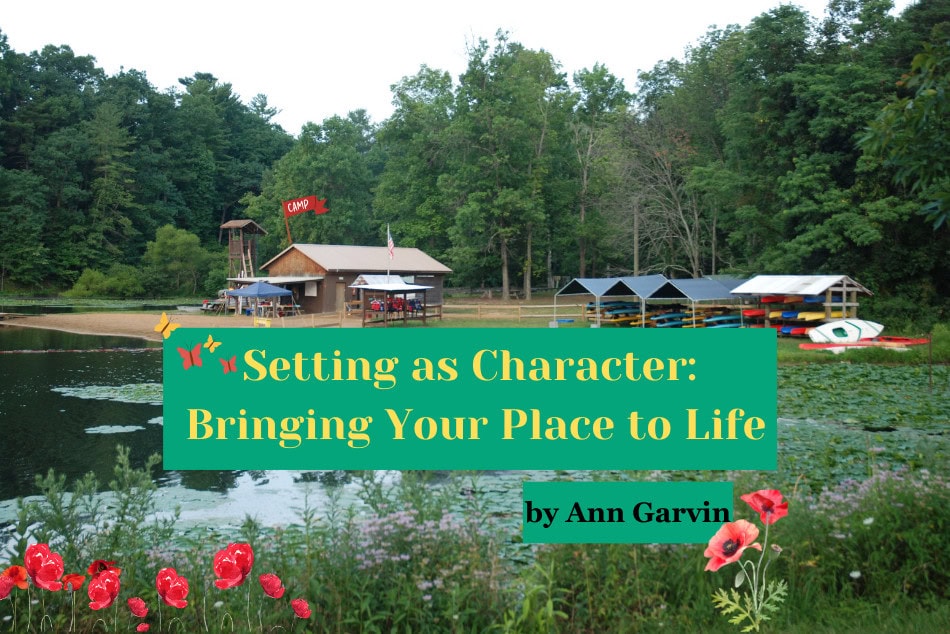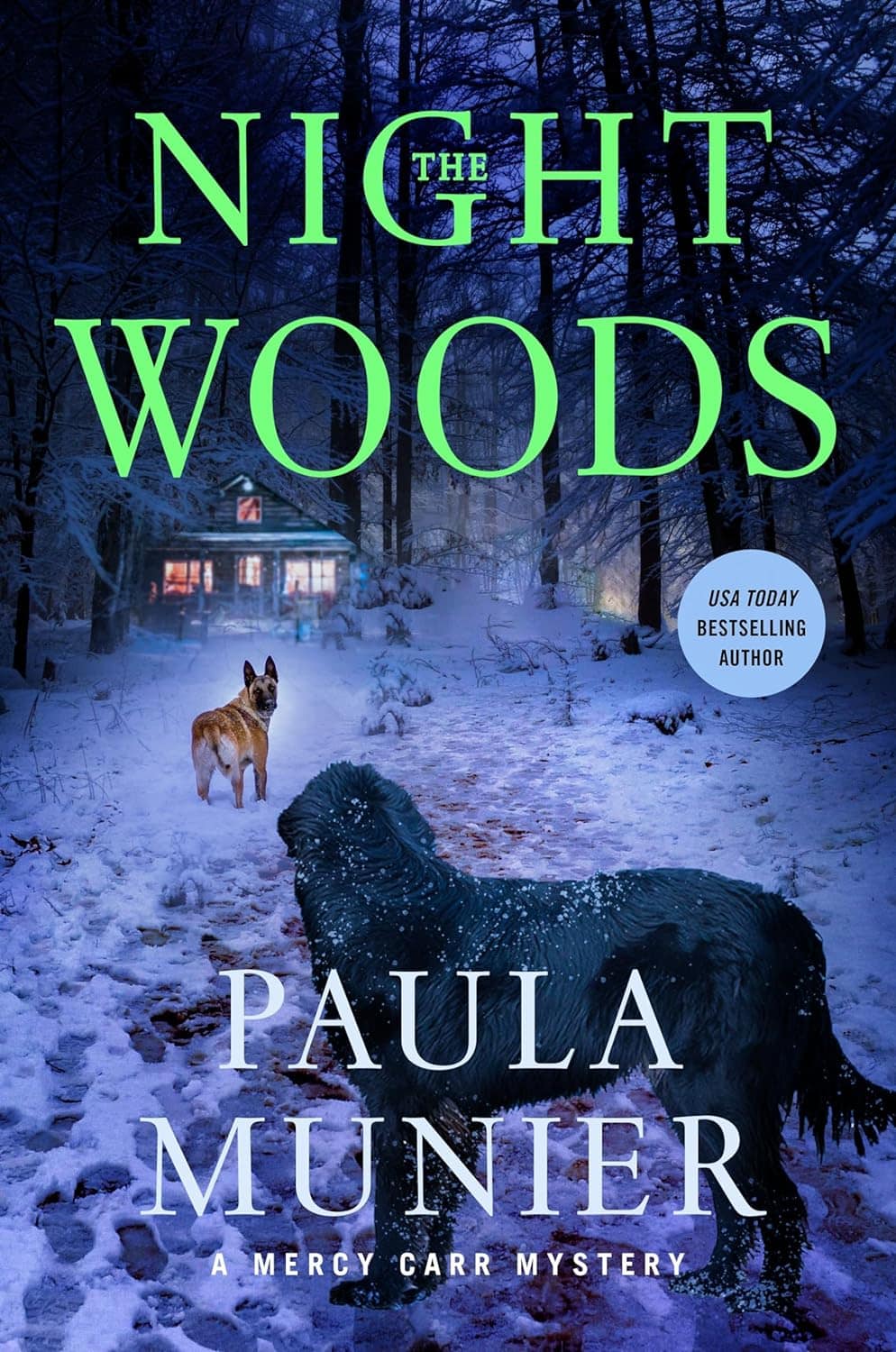I was a nurse at a camp for sight impaired and hearing-impaired kids with a variety of abilities. I adored my time at camp having only had one overnight experience as a girl scout ages ago. I wrote Bummer Camp because I wanted others to feel how deeply a place feels like a best friend, a character, maybe even a protagonist.
Characters in a story shape the plot through their personalities, motivations, and arcs. However, settings can also act as characters with unique traits, moods, and influences on events. Although it might seem challenging, describing a setting as a character can enhance storytelling. By engaging the senses, writers can bring the setting to life, resonating with readers and enriching the narrative.
Consider a summer sleepaway camp nestled in the woods as our example setting-character. Instead of just a backdrop, imagine the camp as an active participant, shaping the actions and emotions of the characters. Using sight, sound, touch, smell, and taste, writers can give the camp depth and vitality, transforming it into a character that readers connect with on a visceral level.
Sight
Visual cues characterize the setting. In our Sleepaway camp, towering trees stand like ancient guardians, whispering secrets in the breeze. The rustic cabins exude warmth and history, while the shimmering lake reflects the camp’s changing mood. By painting a vivid picture of the camp’s appearance with light, shadow, and color, writers can evoke presence and personality in the setting-character.
Sound
Just as characters have voices, so does the camp speak through sounds. Rustling leaves, campers’ laughter, and the crackling campfire contribute to the setting’s unique voice. These auditory details enhance realism and create an emotional connection for readers, making the camp feel alive and dynamic.
Touch
Tactile descriptions convey the physicality and texture of the setting-character. The rough bark of trees, cool breezes, and soft forest floor sensations deepen reader engagement, making the camp tangible and vivid. Incorporating touch invites readers to experience the setting on a sensory level, forging a more intimate connection with the story.
Smell
Scent characterizes the setting, evoking emotions and memories. At our Sleepaway camp, the earthy pine scent, sweet wildflowers, and smoky campfire tang contribute to the camp’s olfactory identity. Describing these scents evokes a sense of place and mood, enriching the setting-character and immersing readers.
Taste
Taste can characterize the camp setting. Consider camp flavors—s’mores’ sweetness, fresh lake water, and crisp morning air. Hinting at taste experiences adds richness, enhancing the setting’s sensory depth.
By engaging the senses, transforming the setting into a character can significantly enrich your storytelling. Sight, sound, touch, smell, and taste infuse settings with depth and personality, making them active participants in the narrative. This enhances realism and immersion, forging a stronger emotional connection with readers. Come to camp with me, I surely loved it there.
How do you increase the richness of your setting? Let’s talk about it on the Career Authors Facebook Page.

Ann Garvin, Ph.D. is the USA Today Bestselling author and finalist for the Thomas Wolf Fiction Prize. She is the author of six funny and sad novels. She writes about people who do too much in a world that  asks too much from them. She worked as an RN and, after receiving her PhD, taught Exercise Physiology and Health Psychology for thirty years in the University of Wisconsin system. She currently teaches creative writing at Drexel University in their low residency Masters of Fine Arts program and has held positions at Miami University and Southern New Hampshire in their Masters of Fine Arts Creative Writing programs. Ann is the founder of the multiple award-winning Tall Poppy Writers, a group of traditionally published authors committed to helping readers find wonderful books. She is a sought-after speaker on writing, leadership and health and has taught extensively in NY, San Francisco, LA, Boston, and at festivals across the country and in Europe. Her newest novel is Bummer Camp.
asks too much from them. She worked as an RN and, after receiving her PhD, taught Exercise Physiology and Health Psychology for thirty years in the University of Wisconsin system. She currently teaches creative writing at Drexel University in their low residency Masters of Fine Arts program and has held positions at Miami University and Southern New Hampshire in their Masters of Fine Arts Creative Writing programs. Ann is the founder of the multiple award-winning Tall Poppy Writers, a group of traditionally published authors committed to helping readers find wonderful books. She is a sought-after speaker on writing, leadership and health and has taught extensively in NY, San Francisco, LA, Boston, and at festivals across the country and in Europe. Her newest novel is Bummer Camp.





